Polaroid Lab offers a solution for treasuring digital memories in physical form

‘It's just a simple fact: today, our most treasured memories are taken and stored on our phones,' says Polaroid BV's CEO Oskar Smołokowski. ‘But what we're missing here is the emotional, physical connection to the images we take.'
Smołokowski is recovering from the flu, he explains apologetically by phone link from the Amsterdam HQ. You can't tell. There's a vibrancy to his narrative that suggests a bright future for the Dutch camera company, which, too, is coming out of its own illness of sorts. At the dawn of the new millennium, the company fell behind its competitors with new technology dazzling the eyes of the curious consumer – digital cameras, iPods and mobile phones were the new priority. It closed its doors in 2008.

The 30-year-old CEO of Impossible Project (the quirkily-named company founded to revive production of Polaroid film four years ago), took the realms of Polaroid Corporation, as a whole, in 2017. Polaroid reopened, and its new leader seemed set on turning up the volume on conversations surrounding digital, video, and AR, bridging the gap between evolving technologies and the company's esteemed history.
A new phone-to-physical launch, Polaroid Lab (available from October 2019), is the company's first head-on answer to the digital question. The three-lens developing system functions as a miniature table top darkroom, using the unique Polaroid chemistry to transform smartphone snaps into classic Polaroid film photos. ‘Unlimited cloud storage can actually be your memories’ worst enemy, causing your digital photos to skyrocket in numbers and end up falling into a void of oblivion,’ says Smołokowski. ‘The idea behind the Polaroid Lab is that it turns your most precious smartphone images into tangible Polaroid photographs – bringing them into the world as something you can hold in your hand and store on the fridge door rather than in the cloud.'

Similar products have existed, but this one's better, Smołokowski assures us. And he's convinced it will be a success. ‘It's not just digital photography that has exploded since the millennium,' he explains. ‘In an era when everyone's a photographer, instant photography's popularity has grown too.'
The gung-ho CEO also hopes that the device will attract digital photography natives, influencing the happy-snapper who takes 5000 images a week to shift the way they interact with photography, gently nudging them to make careful editing decisions. ‘I love that you have to physically turn the phone upside down when you place it on the printer,' he explains. ‘You have to make a considered choice, picking your favourite image to print.' The Polaroid Originals app offers further editing flexibility, allowing experimentation with image collages and new augmented reality features.
With all this newness and experimentation, creating a familiar product design was important. The industrial design of the Polaroid Lab stays true to the original brand's ethos; which was influenced by Dieter Rams. ‘People recognise a Polaroid product the world over, so we've been careful to stay true to these principles of simple, honest design – while adding a sense of playfulness that fits in the digital realm.'
INFORMATION
Receive our daily digest of inspiration, escapism and design stories from around the world direct to your inbox.
Elly Parsons is the Digital Editor of Wallpaper*, where she oversees Wallpaper.com and its social platforms. She has been with the brand since 2015 in various roles, spending time as digital writer – specialising in art, technology and contemporary culture – and as deputy digital editor. She was shortlisted for a PPA Award in 2017, has written extensively for many publications, and has contributed to three books. She is a guest lecturer in digital journalism at Goldsmiths University, London, where she also holds a masters degree in creative writing. Now, her main areas of expertise include content strategy, audience engagement, and social media.
-
 How We Host: Interior designer Heide Hendricks shows us how to throw the ultimate farmhouse fête
How We Host: Interior designer Heide Hendricks shows us how to throw the ultimate farmhouse fêteThe designer, one half of the American design firm Hendricks Churchill, delves into the art of entertaining – from pasta to playlists
-
 Arbour House is a north London home that lies low but punches high
Arbour House is a north London home that lies low but punches highArbour House by Andrei Saltykov is a low-lying Crouch End home with a striking roof structure that sets it apart
-
 25 of the best beauty launches of 2025, from transformative skincare to offbeat scents
25 of the best beauty launches of 2025, from transformative skincare to offbeat scentsWallpaper* beauty editor Mary Cleary selects her beauty highlights of the year, spanning skincare, fragrance, hair and body care, make-up and wellness
-
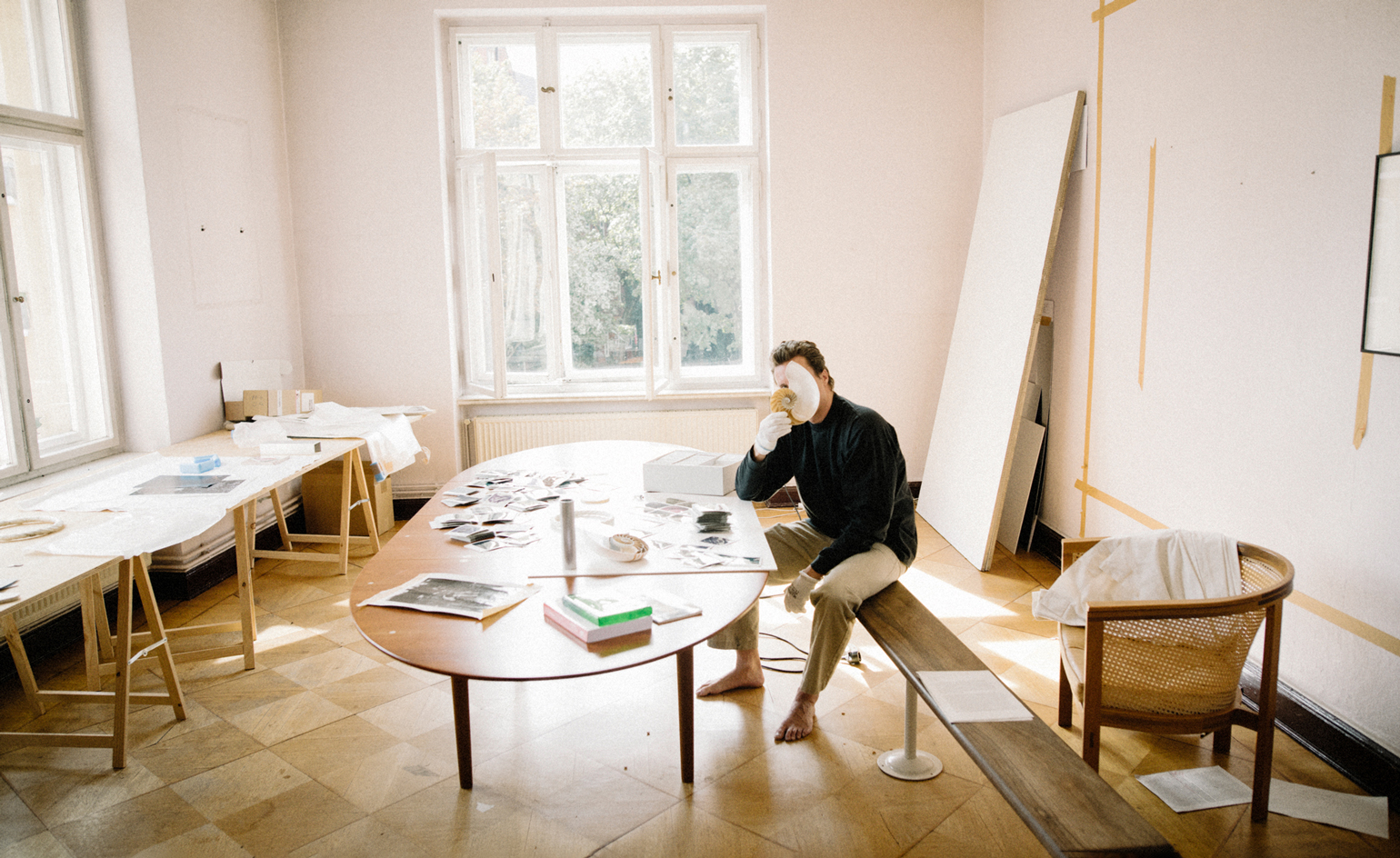 Cyprien Gaillard on chaos, reorder and excavating a Paris in flux
Cyprien Gaillard on chaos, reorder and excavating a Paris in fluxWe interviewed French artist Cyprien Gaillard ahead of his major two-part show, ‘Humpty \ Dumpty’ at Palais de Tokyo and Lafayette Anticipations (until 8 January 2023). Through abandoned clocks, love locks and asbestos, he dissects the human obsession with structural restoration
-
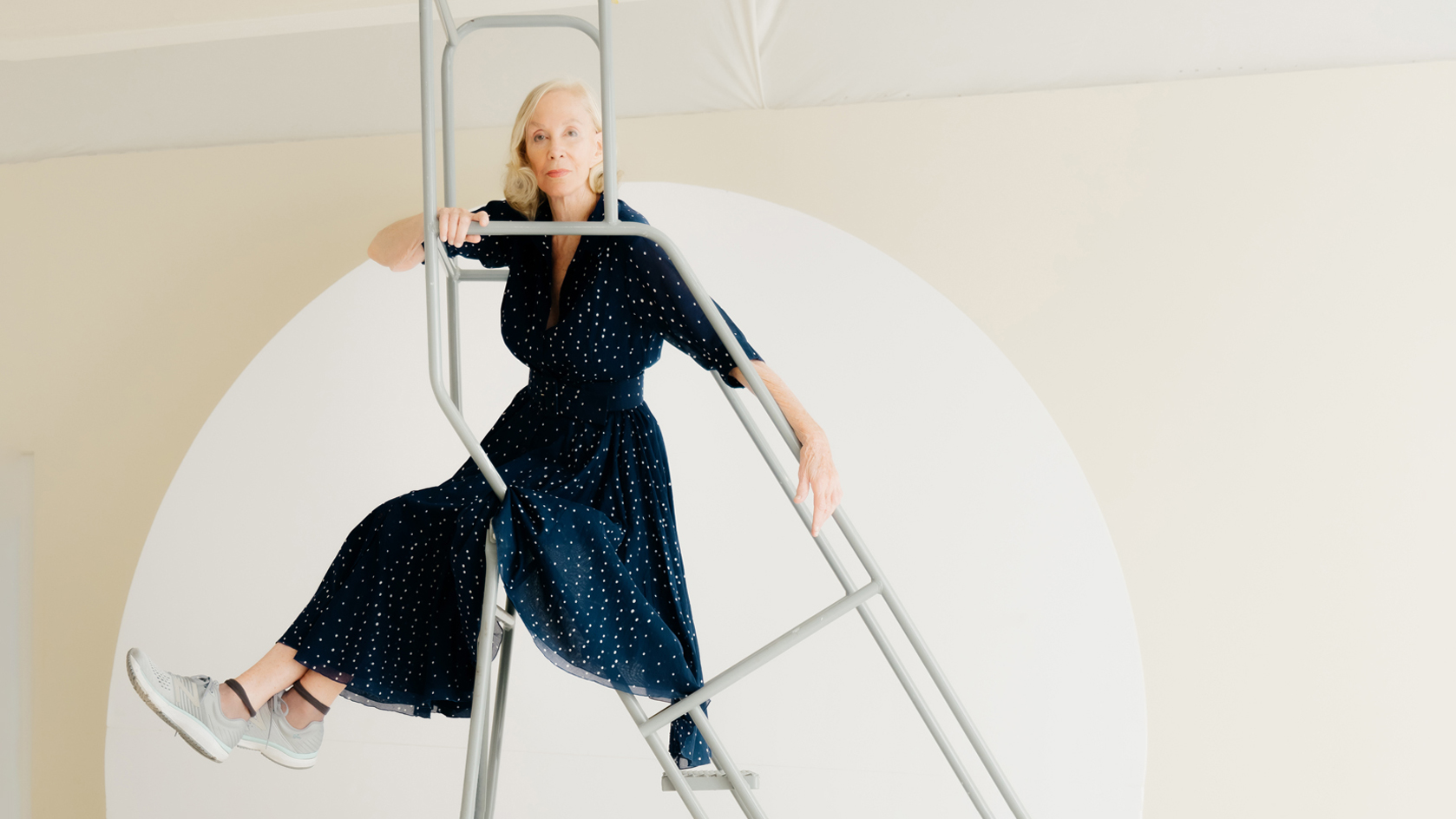 Year in review: top 10 art interviews of 2022, chosen by Wallpaper* arts editor Harriet Lloyd-Smith
Year in review: top 10 art interviews of 2022, chosen by Wallpaper* arts editor Harriet Lloyd-SmithTop 10 art interviews of 2022, as selected by Wallpaper* arts editor Harriet Lloyd-Smith, summing up another dramatic year in the art world
-
 Yayoi Kusama on love, hope and the power of art
Yayoi Kusama on love, hope and the power of artThere’s still time to see Yayoi Kusama’s major retrospective at M+, Hong Kong (until 14 May). In our interview, the legendary Japanese artist vows to continue to ‘create art to leave the message of “love forever”’
-
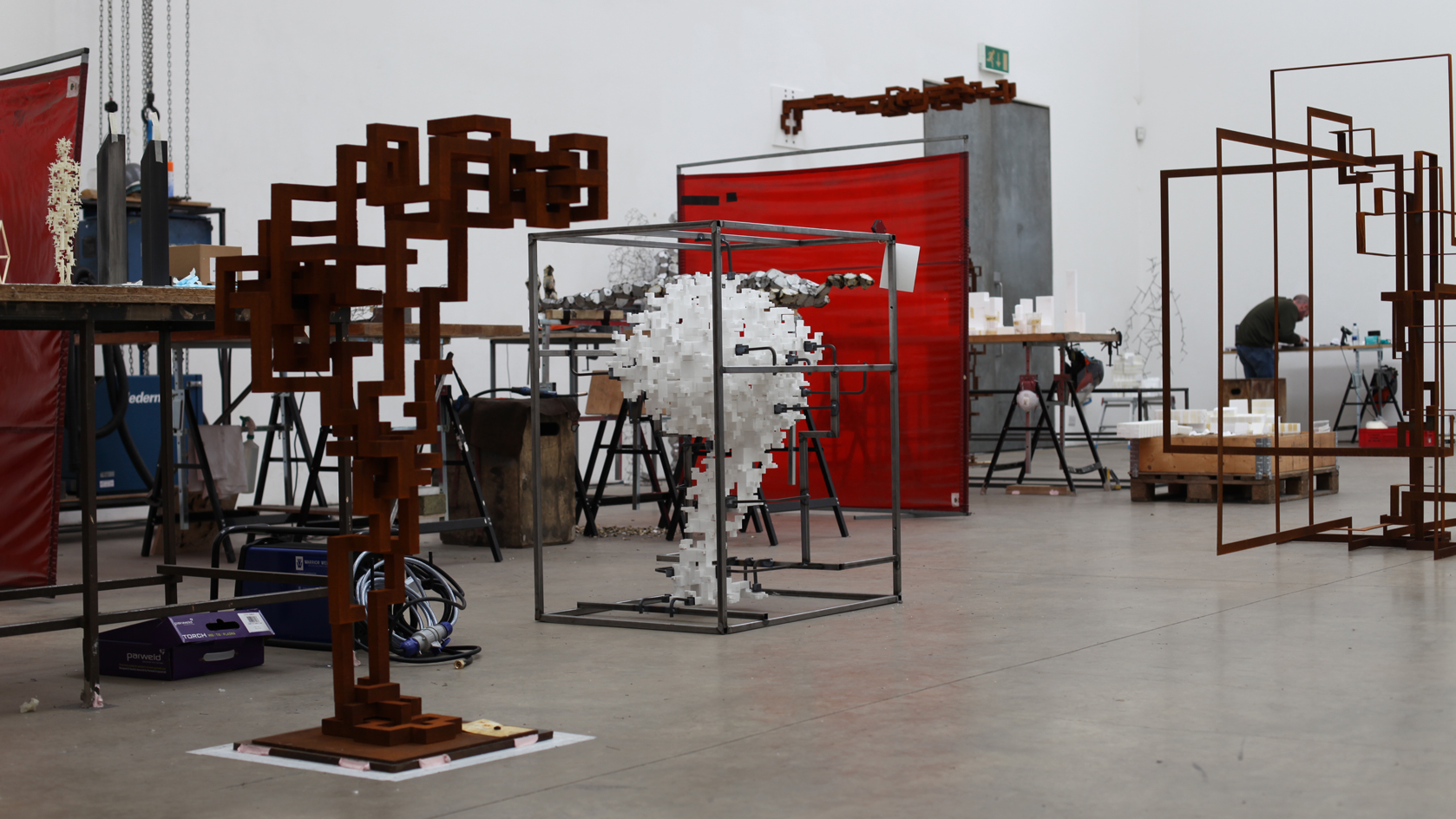 Antony Gormley interview: ‘We’re at more than a tipping point. We’re in a moment of utter crisis’
Antony Gormley interview: ‘We’re at more than a tipping point. We’re in a moment of utter crisis’We visit the London studio of British sculptor Antony Gormley ahead of his major new show ‘Body Field’ at Xavier Hufkens Brussels
-
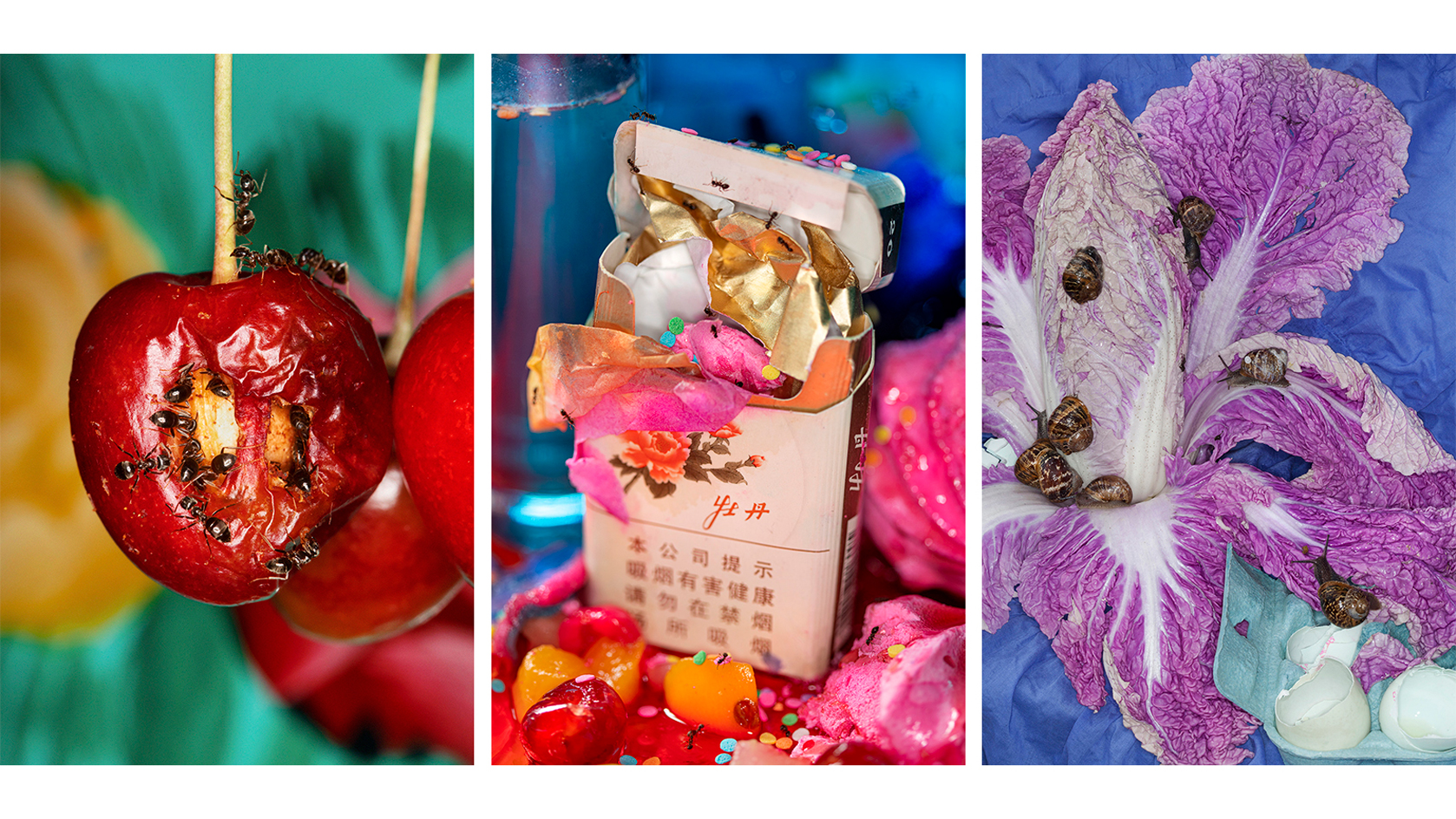 Photographer Maisie Cousins on nostalgia, impulsive making and ‘collecting useless things’
Photographer Maisie Cousins on nostalgia, impulsive making and ‘collecting useless things’Explore the vision of British artist Maisie Cousins in ‘Through the lens’, our monthly series spotlighting photographers who are Wallpaper* contributors
-
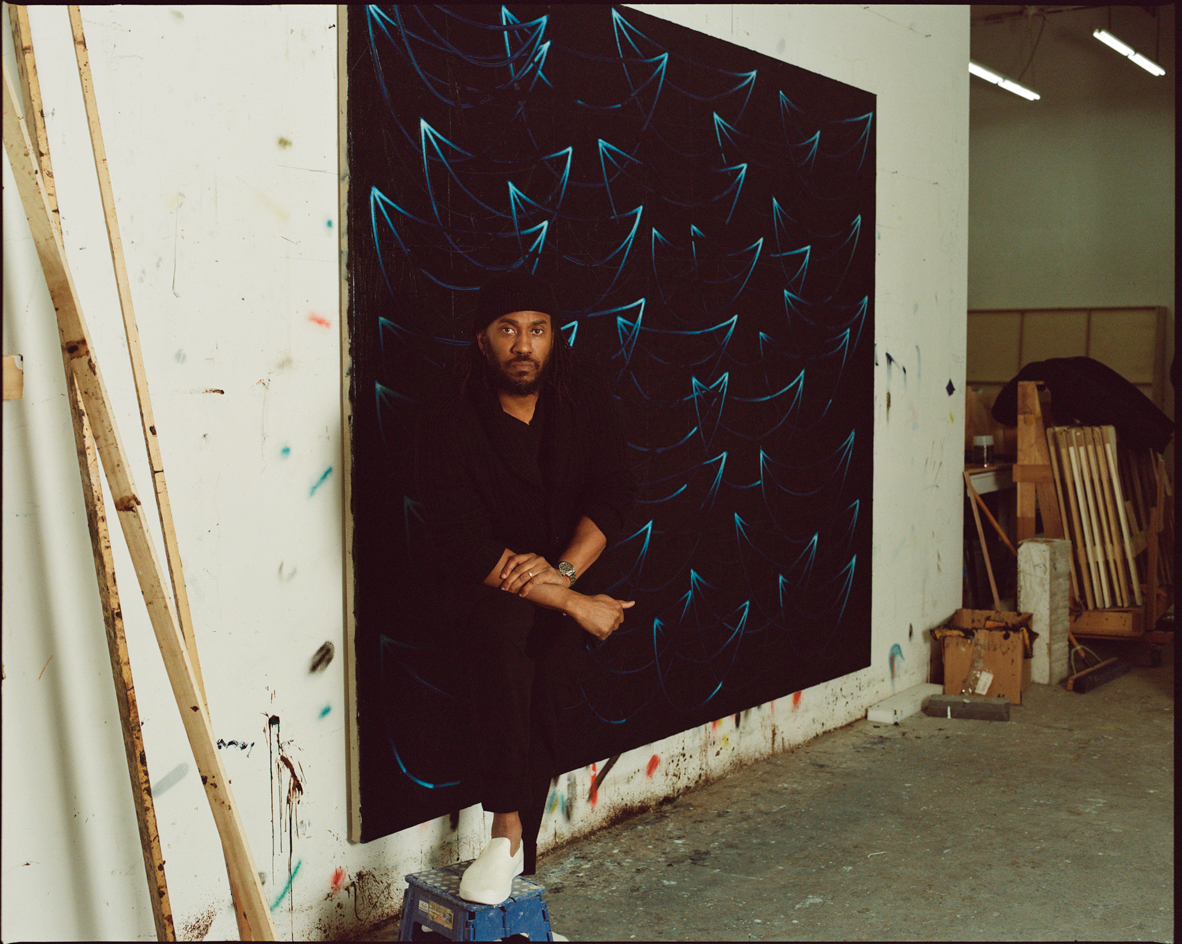 Rashid Johnson in Menorca: a journey through migration, longing and togetherness
Rashid Johnson in Menorca: a journey through migration, longing and togethernessWe visited Rashid Johnson’s Brooklyn studio ahead of the artist’s show at Hauser & Wirth Menorca, which contemplates drift – physical and emotional
-
 Step inside the kaleidoscopic universe of Pipilotti Rist
Step inside the kaleidoscopic universe of Pipilotti RistSwiss artist Pipilotti Rist, who headlines Wallpaper’s November 2022 issue, has transformed the way we see, with a poetic yet playful practice spanning three decades. Here, and in a special portfolio, she reveals how she has liberated video art from its conventions, imbued the digital realm with emotion, animated public spaces, and harnessed the healing powers of colour
-
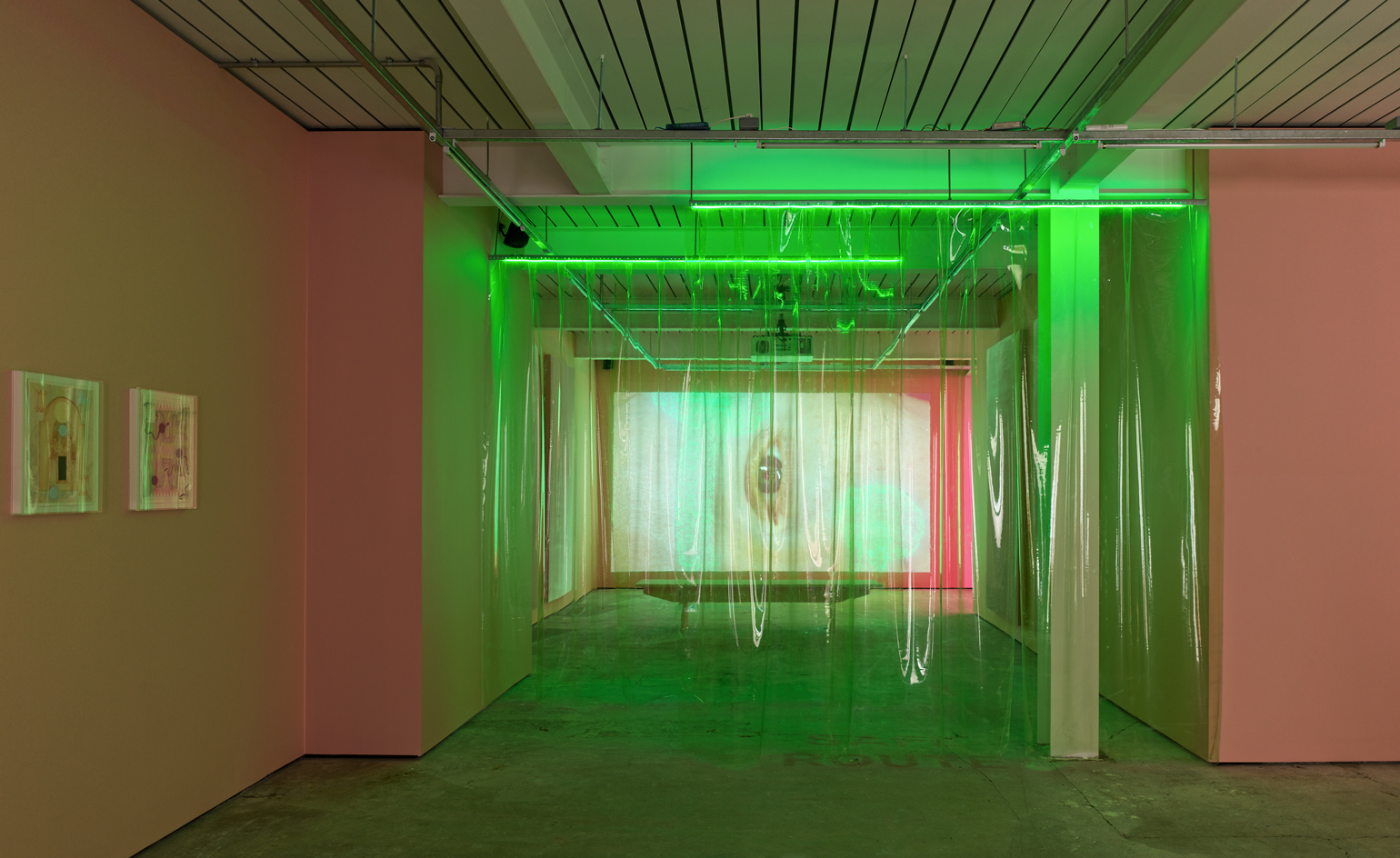 Gathering: the new Soho gallery blending art and social activism
Gathering: the new Soho gallery blending art and social activismGathering, the newest gallery resident in London’s Soho, will focus on contemporary art exploring systemic social issues. Ahead of Tai Shani’s inaugural show, we speak to founders Alex Flick and Trinidad Fombella about their vision for the gallery